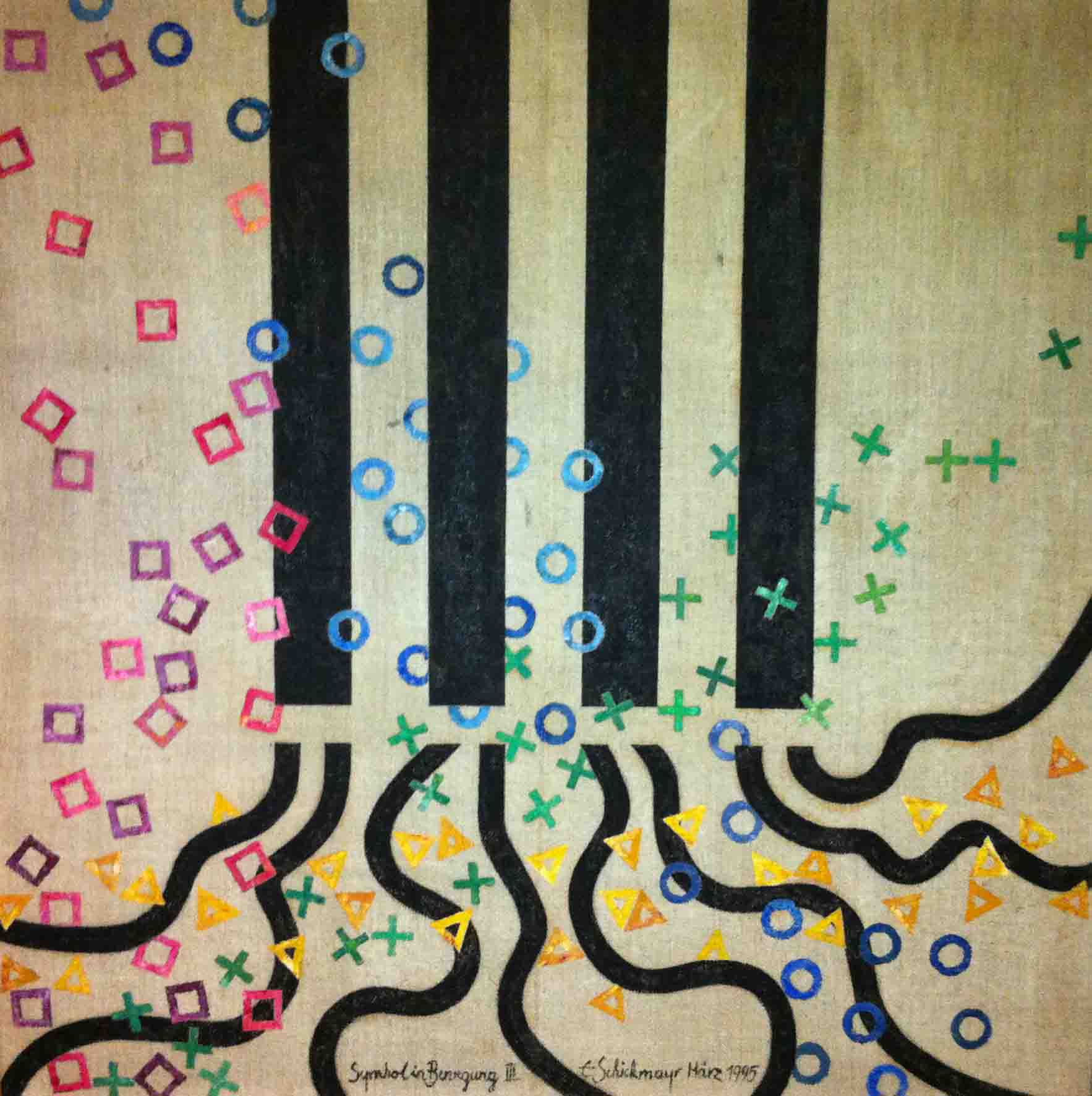
|
|
|
Digression to the Phenomenon of "Consciousness" |
|
|
Consciousness is a peculiar case, however. (21) The home of our consciousness is our brain.
Our consciousness and hence experience occurs only in the present. It is a
permanent flow in the "here" and "now" (22) that is only interrupted occasionally by
specific stages of sleep. For human experience the "phenomenal self-model",
a conscious model of the organism as a whole, which is activated by the brain,
is essential. The content of the "phenomenal self-model" is our ego,
an extremely useful instrument provided by the evolution that helped us perceive
ourselves as a whole and understand each other through empathy and social
cognition. Subjective consciousness consists of a body image (located in space
and time) and the subjective experience of control of one's own attention;
introspection arises if we can direct the attention to the body itself.
Abstraction and the use of symbols intensify introspection. Our brain is able
to represent, by means of a "consciousness tunnel", processes in
nature in a way that is limited but relevant to life. (23) Although consciousness occurs only in the present and hence
in a permanent flow of the here and now, it understands the past well and can
intervene in the future by planning. Through development of scientific communities creating and
reviewing theories and continually criticizing each other and exchanging
empirical data and new hypotheses, higher dimensional images of reality can be
found. Human experience, sensitivity and perception were shaped by
the evolution of this world. Our brain is a product of our evolution, and thus
feelings and perceptions are the product of evolutionary evaluations in our
brain. Thus the color "red" gets a special sensory value (perhaps
because something edible often is red). It is likely that pain and urges are
associated with similar evolutionary perception mechanisms. (24) Human experience and human identity has thus
a large component that relates to the evolution of this world. Key moments and traumas in early childhood are equally
important for human experience. They lead to differing information processing
in the form of an evaluative sensory filter. The result of a sensory perception
combined with the imaginative power performance is thus neither objective nor
emotionless. Hans Otto Thomashoff provides a good overview in his book
"Versuchung des Bösen". (2009, 40ff). Where human senses fail, e.g. the color perception and the
sense of sight in a person born blind or even additionally the sense of hearing
in hear experience in persons born deaf and blind, the human brain's ability of
compensatory sharpening of the functioning senses maintains the quality of
experience. Potential other evolutions in totally different worlds or universes could lead to completely other experience assignments. (25) The possibility of a "machine consciousness", which is not longer denied in principle by renowned present philosophers, would also lead to completely different experience assignments. In all these cases, identity would be shaped out of very different contents, and it would be more difficult for human beings to find themselves in such a different identity. Nevertheless, a basic understanding of such other identities seems to be basically possible, provided that we are able to sufficiently relate to the relevant evolution. Thus a "universal consciousness" appears to be possible. |
|
|
|
© 2015 by R. Pirnbacher • rudolf.pirnbacher@gmail.com
